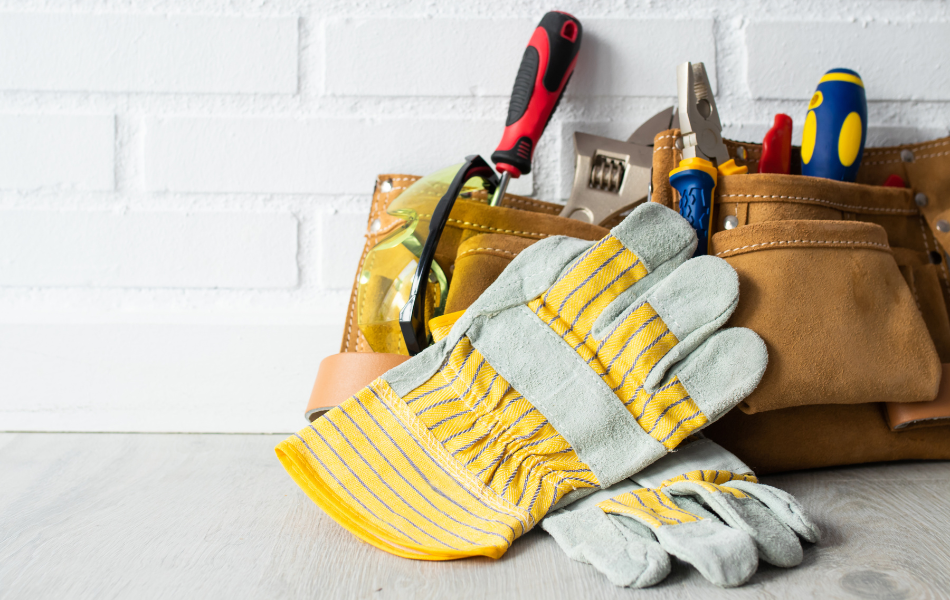Search articles
Browse by category
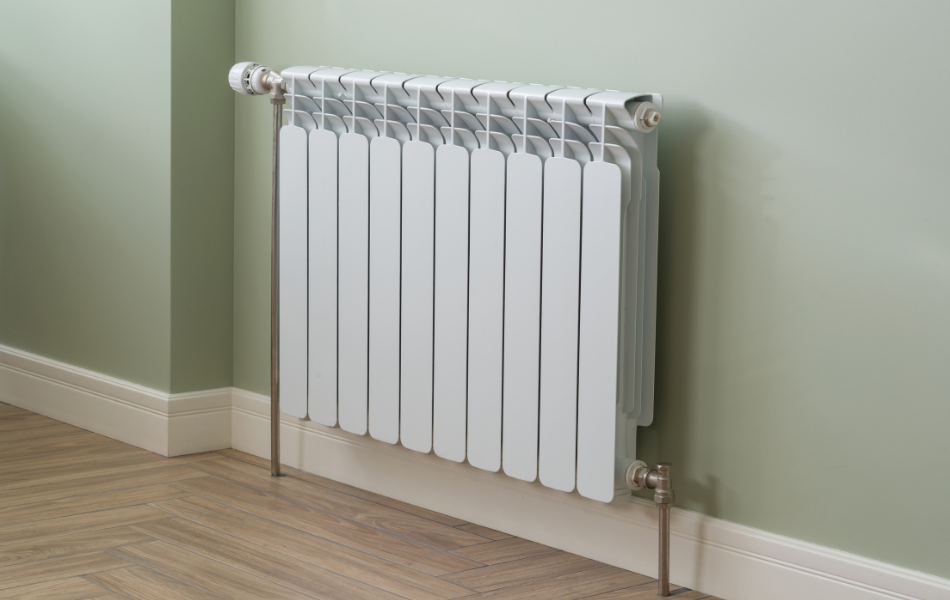
Heat Network Regulations
Everything you need to know about the heat networks regulation and what help is available
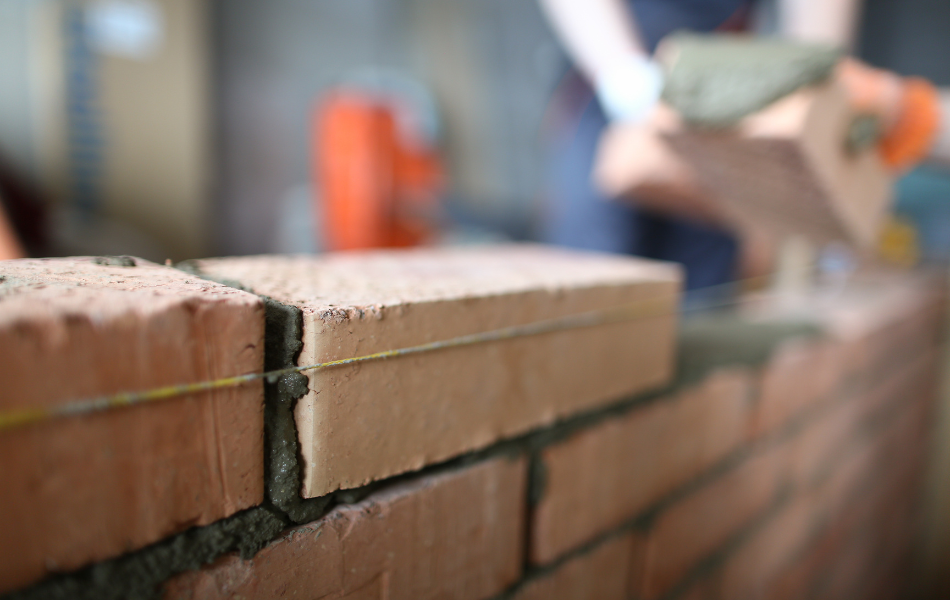
Retrofit Standards: BS40104 & PAS 2035
The latest on Retrofit Standards
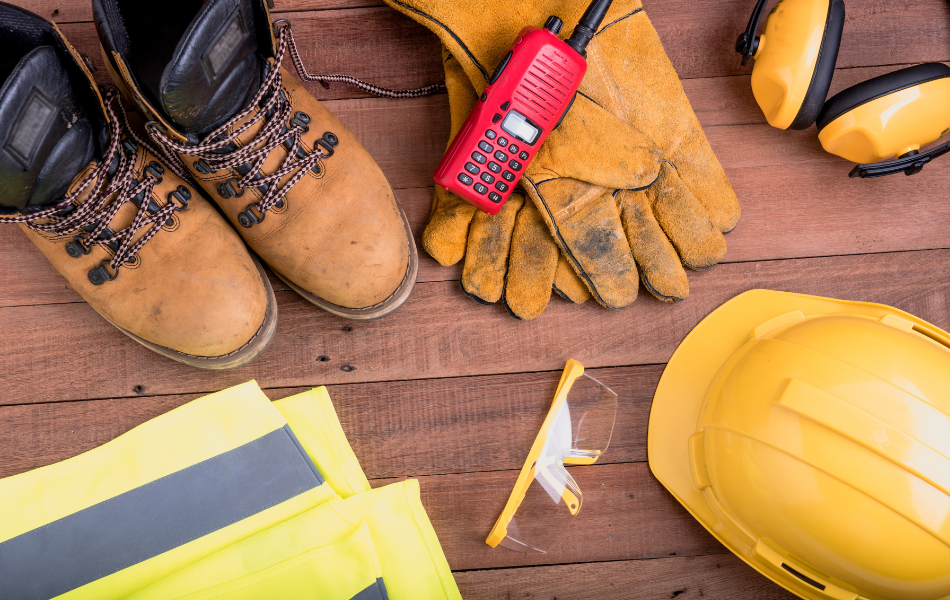
Building Safety Regulator update: October 2025
The BSR has published its latest August & September Bulletins with further resources and free training to help the sector comply with the Building Safety Act, particularly in relation to Residents and Building Control.
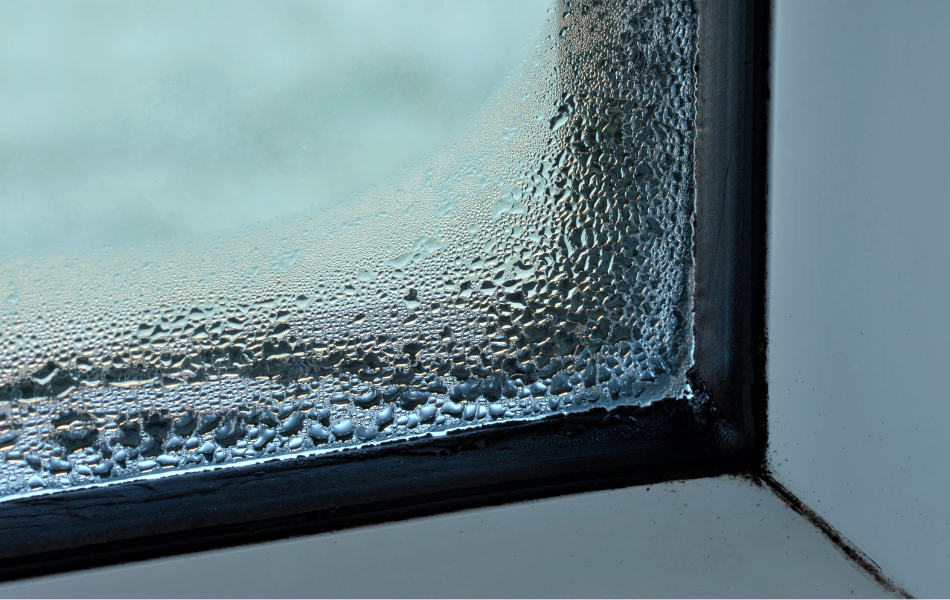
Getting ready for Awaab’s Law - Update
Everything you need to know before the new legislation comes into force on 27 October
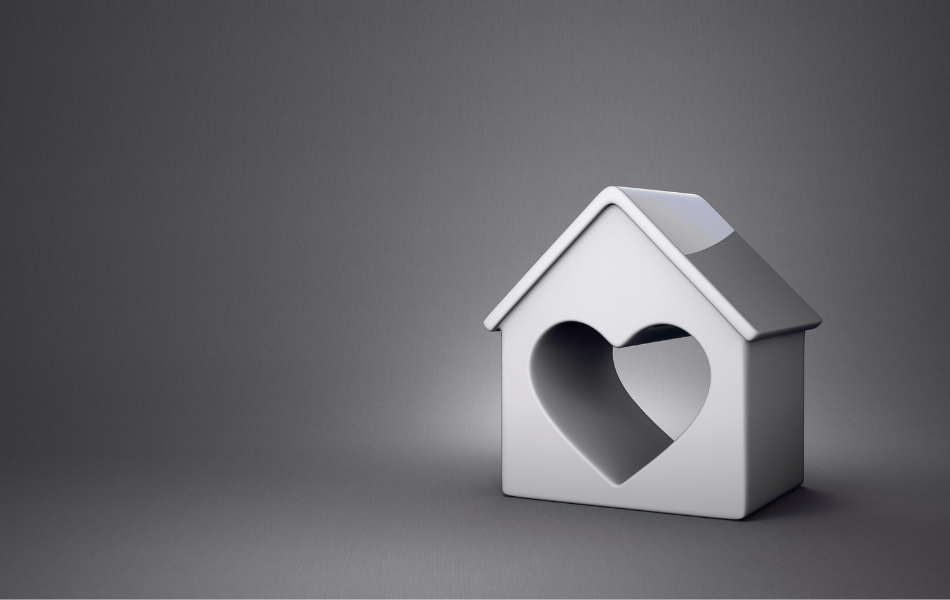
Getting ready for Awaab’s Law
Everything you need to know before the new legislation comes into force from October 2025
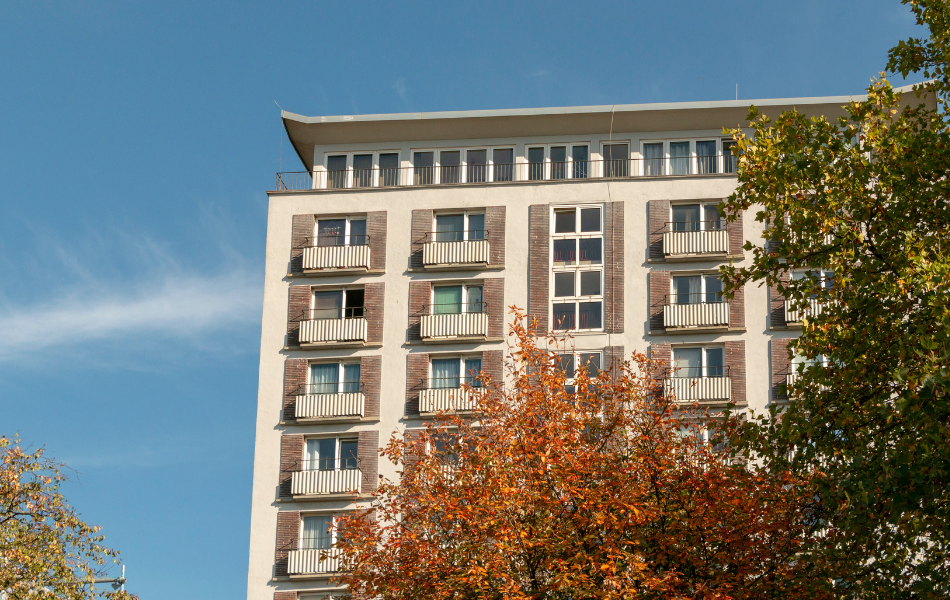
Heat network regulations: Fair pricing consultation
Heat network regulations update - June 2025
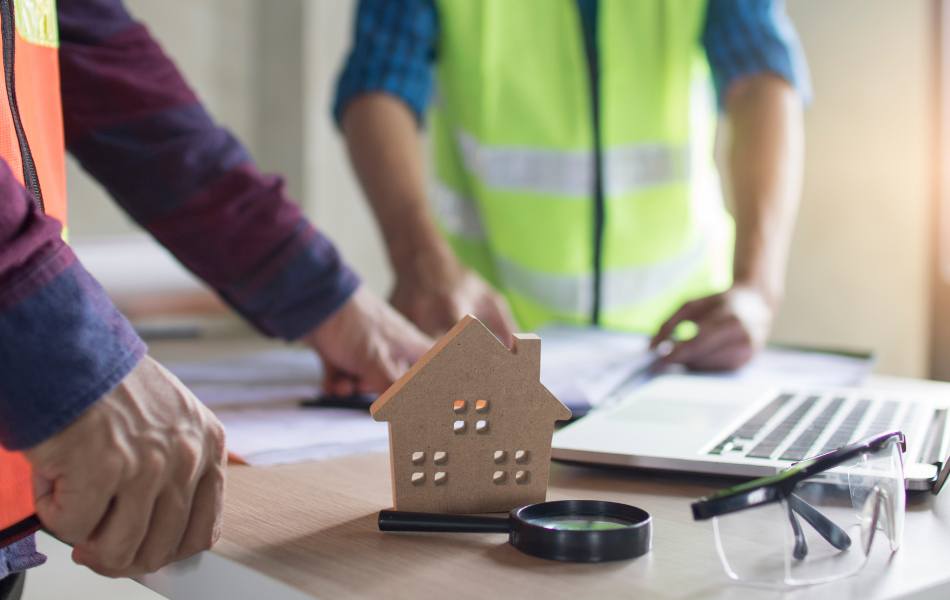
Building Safety Regulator update: June 2025
Building Safety Regulator: Latest news
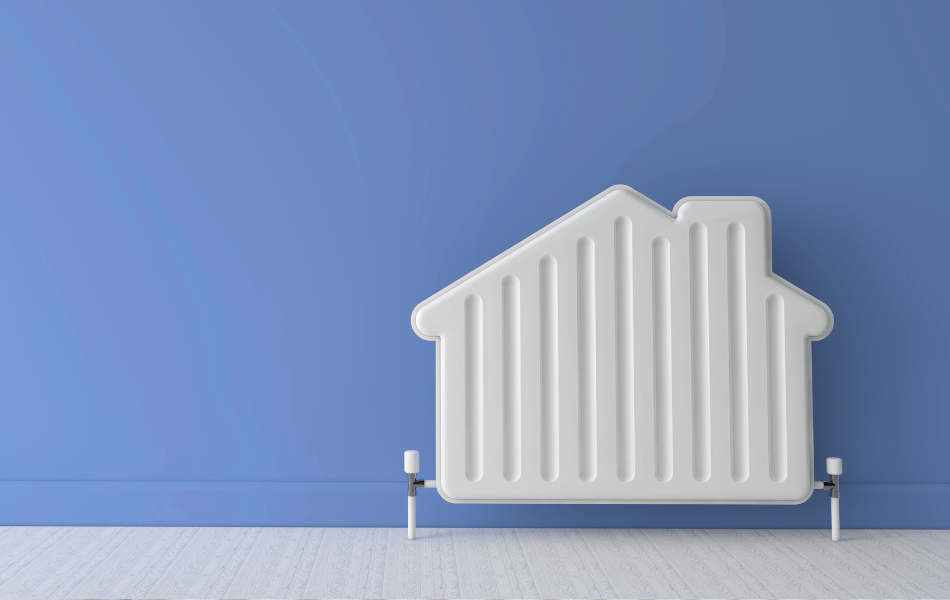
Heat network regulations: How to prepare
Key consumer protections for heat network customers began on 1 April 2025, with the Energy Ombudsman and Citizens Advice appointed to provide support and dispute resolution. While full regulation is still to come, these early preperations are already helping to shape a fairer future for heat networks.
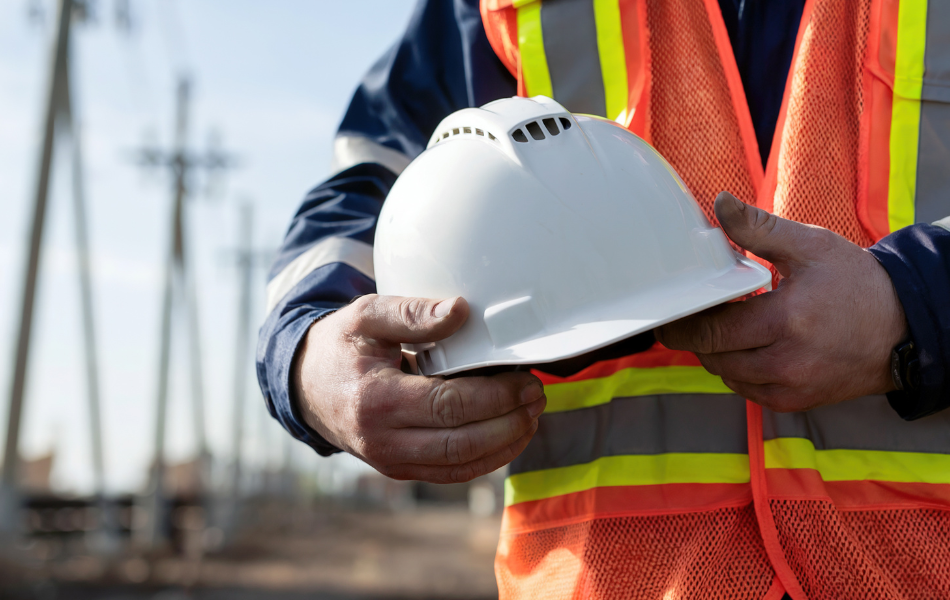
Building Safety Regulator update: March 2025
The Government is cracking down on unsafe cladding, with the BSR launching a new enforcement unit to hold building owners accountable. Find out what this means for landlords and how to stay compliant.
